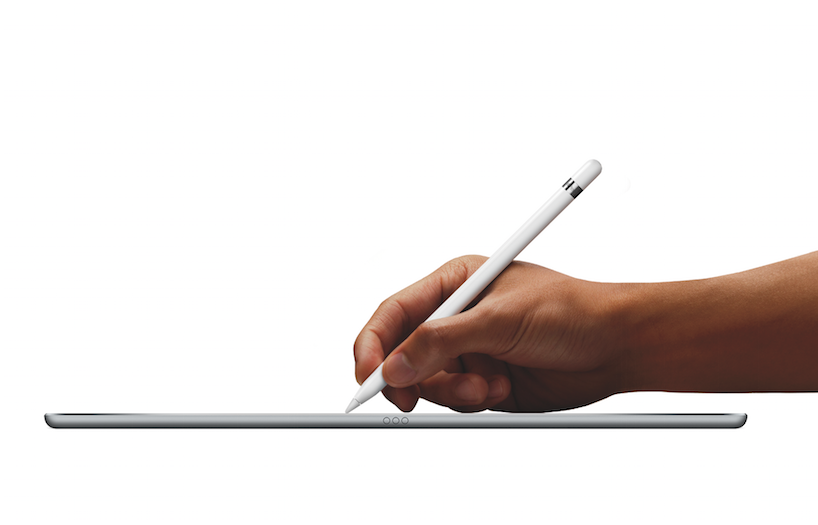Several months ago, people were talking about Apple SIM. Now, it’s the Apple Upgrade Plan that’s stealing the headlines. Both insert Apple into the traditional carrier-to-end-user value chain by extending choice.
Apple’s strategy reduces the perception of value from network operators, and increases not only its industry profit pool revenue, but also its negotiating leverage with carriers.
Meanwhile, Apple’s reach into the enterprise is both obvious and not readily apparent.
>See also: 3 screenings, 5 FaceTime calls and a trip to Cupertino: inside Apple’s gruelling hiring process
The Upgrade Plan
Bottom-line: Instead of being locked into a two-year carrier contract to purchase a device now obsolete, end-customers can lease a new iPhone and upgrade every 12 months from Apple. The cost includes the AppleCare+ warranty (typically, the annual cost is $99 per year).
Apple’s lease offer is somewhat more expensive than a typical pay-to-own carrier contract plan. For BYOD programmes, this creates added challenges of annual device churn tracking.
For instance, is the employee required to wipe the device before returning it to Apple for an upgrade? How will this be authenticated? Or, will your IT department do it?
What about application lifecycle management for the old and new device? Are organisations’ network entry and application policies for new or unrecognised devices current and enforced?
The iPad Pro
Bottom-line: Its 12.9-inch diagonal screen is very big. It’s faster, prettier and takes some cues from Microsoft.
The iPad Pro is a two-in-one tablet (looks like Cook and Ive changed their minds). There’s the Smart Keyboard and an Apple Pencil, a stylus that closely resembles a #2 pencil.
The tablet includes a 64-bit A9X chip that’s “faster than 80 percent of the PCs shipped in the last 12 months, and 90 percent more powerful, graphically”, according to Apple’s Phil Schiller.
So what? By 2018, 20% of tablets will be purchased by businesses, up from 14% today (Forrester). The enterprise already covets Apple’s brand promise since 70% of smartphones and tablets in the enterprise are from Apple (CompTIA).
Furthermore, the iPad Pro is an incremental innovation. It is both new and familiar. Thus, it is a small bet for firms to test drive. My bet is that the iPad Pro will be a big “hey-look-at-me” aspirational hit.
Why spend cycles on this? Because mobility is about access to a digital workspace of shared applications, cloud resources and analytics. This becomes an issue when we consider that tablets most commonly have a UX designed specifically for a tablet form factor.
So, what are acceptable usage policies for them? While pondering that, consider that the iPad Pro also features multi-tasking (two windows can be open simultaneously). Now it gets interesting in terms of personal verses business and inadvertent data loss – especially with Microsoft Office.
Apple Watch
Bottom-line: It’s a network edge device with your IP on it.
Meanwhile, Apple has invested in partnerships with firms well known to enterprises around the world: IBM, Cisco and Microsoft. For IBM and Microsoft, it’s about enterprise applications on not only the iPad Pro but also Apple Watch, such as the Outlook calendar.
Also included in the September Event was watchOS 2. With untethered WiFi and Bluetooth support, it becomes possible to track employees not only where they are in the moment, but where they have been. There are DLP risks too.
The wearable era is gaining traction, and faster than people thought. More importantly, the risks become increasingly hidden – behind the scenes – as network connectivity, device type and platform applications with data become ubiquitously intertwined, anywhere.
Sourced from Troy Fulton, Tangoe










